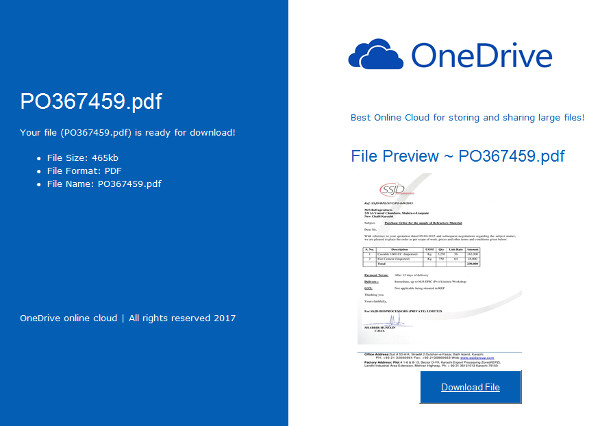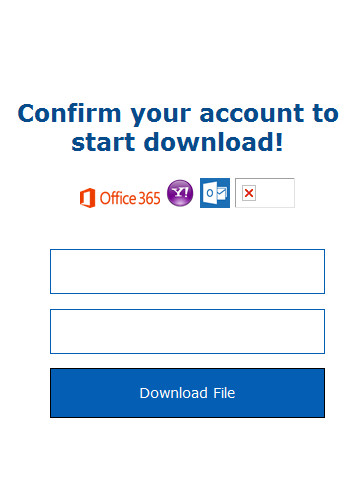HTML_MALPHISH.ANF
Windows


Threat Type: Trojan
Destructiveness: No
Encrypted: No
In the wild: Yes
OVERVIEW
Spammed via email, Dropped by other malware, Downloaded from the Internet
This Trojan arrives as an attachment to email messages spammed by other malware/grayware or malicious users. It arrives on a system as a file dropped by other malware or as a file downloaded unknowingly by users when visiting malicious sites.
It does not have any propagation routine.
It does not have any backdoor routine.
TECHNICAL DETAILS
11,784 bytes
HTML, HTM
No
03 Aug 2017
Connects to URLs/IPs, Displays graphics/image
Arrival Details
This Trojan arrives as an attachment to email messages spammed by other malware/grayware or malicious users.
It arrives on a system as a file dropped by other malware or as a file downloaded unknowingly by users when visiting malicious sites.
Propagation
This Trojan does not have any propagation routine.
Backdoor Routine
This Trojan does not have any backdoor routine.
Other Details
This Trojan does the following:
- Upon the execution of the file, it displays the following page, which shows fake details to trick users on clicking the fake PDF image:

- After the user clicks the fake PDF image on the page, this pop-up window will be displayed:

- The displayed pop-up window contains textbox for username/email and password.
- Upon clicking the "Download File" button on the pop-up window, the malware will connect to this malicious URL to send the stolen information (username and password input by the user):
- http://www.{BLOCKED}mastery.com/ugo/file/log.php
Where the data sent is in the following format:- feedback={Username/Email}&feedbacknow={Password}
However, as of this writing, the said sites are inaccessible. - http://www.{BLOCKED}mastery.com/ugo/file/log.php
- After the following routines above, the user will be automatically redirected to the legitimate Microsoft Live Login Page, to hide all the malicious routines done by the malware above.
NOTES:
The malware also uses the following sites to get the images/logos used on the displayed webpage as part of its phishing routine:
SOLUTION
9.850
13.572.02
03 Aug 2017
13.573.00
04 Aug 2017
Step 1
Before doing any scans, Windows XP, Windows Vista, and Windows 7 users must disable System Restore to allow full scanning of their computers.
Step 2
Close all opened browser windows
Step 3
Scan your computer with your Trend Micro product to delete files detected as HTML_MALPHISH.ANF. If the detected files have already been cleaned, deleted, or quarantined by your Trend Micro product, no further step is required. You may opt to simply delete the quarantined files. Please check this Knowledge Base page for more information.
Did this description help? Tell us how we did.

